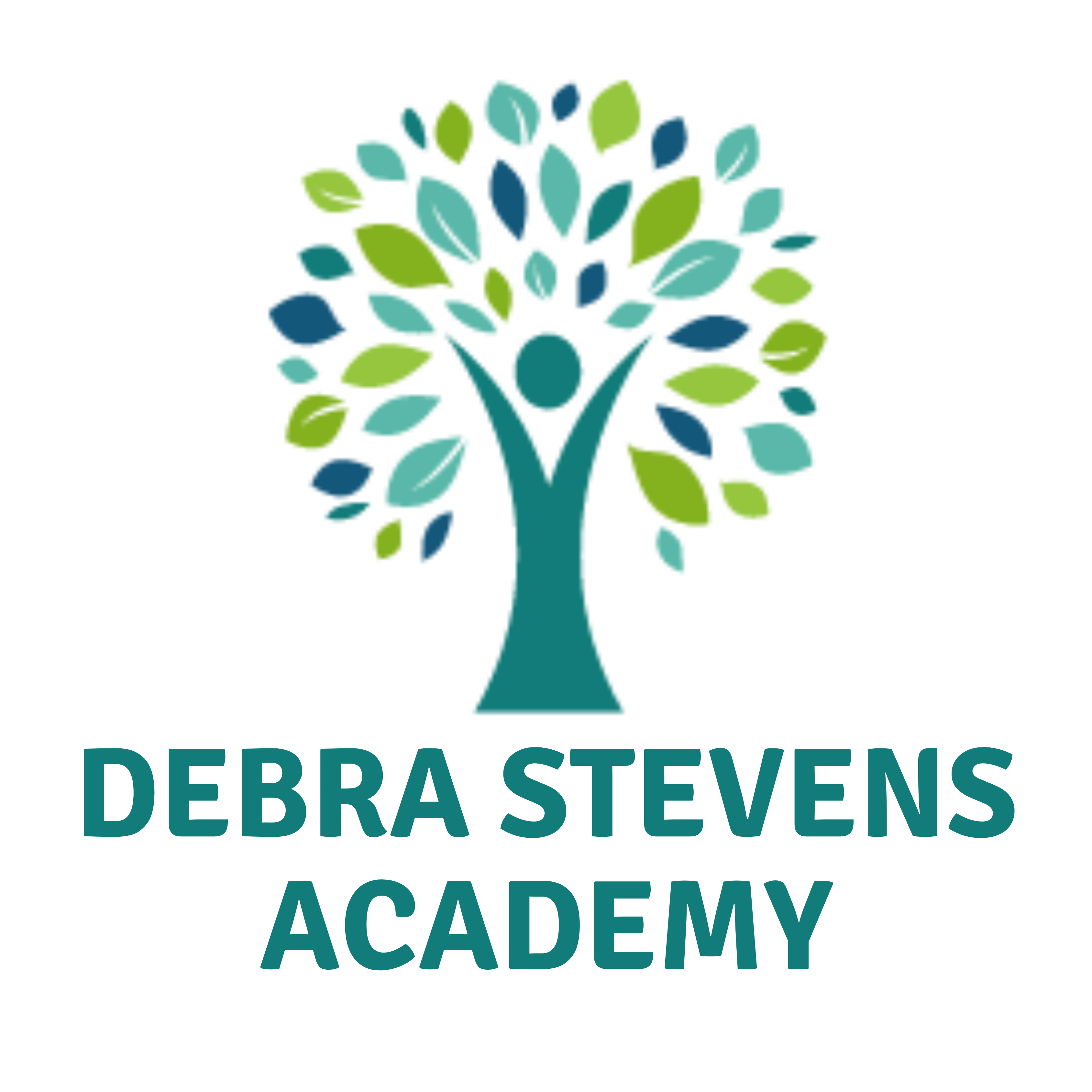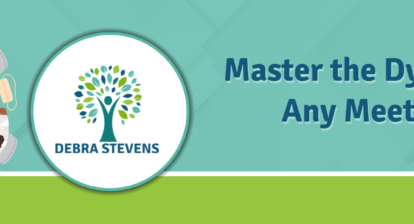
Greetings to our insightful readers! Today, at Debra Stevens Training & Coaching, we’re pulling back the curtain on a key aspect of professional efficiency: the humble agenda. Though it may seem simple on the surface, an effectively structured agenda is your secret weapon for productive meetings and streamlined decision-making. Let’s delve into how you can curate the perfect agenda for maximum efficiency.
1. Define Your Meeting’s Purpose:
Start with the End in Mind: Before drafting your agenda, you should be crystal clear about the meeting’s objective. Whether it’s brainstorming a new project, reviewing quarterly results, or discussing team performance, clarity of purpose will guide the entire structure of your agenda.
2. Prioritise Topics by Importance:
Separate the Wheat from the Chaff: Once you’ve listed out all the topics to cover, organise them by significance. Tackling the most pressing matters at the beginning ensures that crucial issues get ample time and attention. However, keep in mind the energy dynamics; sometimes starting with a lighter note can warm up the group for more pressing discussions.
3. Allocate Specific Time Slots:
Time is of the Essence: For each item on the agenda, assign a specific time frame. This keeps discussions focused and prevents meetings from overrunning. If a topic requires more time, consider scheduling a separate meeting or continuing the conversation via email.
4. Designate Point Persons:
Ownership Encourages Accountability: For each topic or discussion point, assign a ‘lead’ or ‘owner.’ This person is responsible for presenting the item and guiding the discussion. Having a designated speaker ensures smoother transitions and clarity in communication.
5. Include Breaks for Longer Meetings:
Mental Rest Boosts Productivity: If your meeting is set to run longer than an hour, it’s wise to include a short break. This gives attendees a chance to stretch, grab a coffee, and return refreshed, ensuring sustained engagement.
6. Set Aside Time for Q&A:
Foster Open Dialogue: After discussing main topics, reserve a segment of your meeting for questions and clarifications. This encourages active participation and ensures that all attendees are on the same page.
7. End with Action Items and Next Steps:
From Ideas to Execution: The final part of your agenda should recap the decisions made during the meeting and clarify the next steps. Assign tasks, set deadlines, and ensure everyone knows their responsibilities. This section ensures your meetings have tangible outcomes and sets the stage for follow-up.
8. Distribute the Agenda in Advance:
Preparation Breeds Success: Once your agenda is ready, share it with attendees at least a day before the meeting. This allows them to come prepared, leading to more informed and constructive discussions.
Crafting an efficient agenda may require a bit of time and thought, but the dividends it pays in terms of productivity and clarity are immense. Remember, the objective of any meeting is to make decisions, generate ideas, or communicate vital information, and a well-structured agenda is your roadmap to achieving this with panache.
So, the next time you’re tasked with organising a meeting, harness the power of a meticulously crafted agenda and watch the magic unfold.




